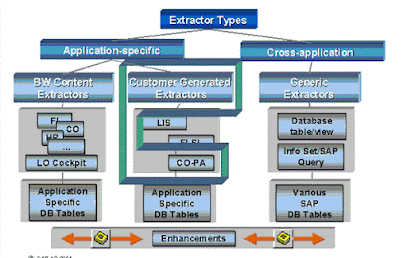Unlocking the Power of Data: Migrating from Oracle to Snowflake
In today's data-driven world, businesses rely on efficient and scalable data management systems to drive growth and gain insights. Migrating from Oracle to Snowflake presents a compelling opportunity for organizations to enhance their data capabilities. Snowflake, a cloud-based data platform, offers a modern and flexible architecture that enables businesses to unlock the power of their data. In this article, we will explore the benefits of migrating from Oracle to Snowflake and how it revolutionizes data management and analytics.
Seamless Data Migration:
Migrating from Oracle to Snowflake is a smooth and hassle-free process. Snowflake provides tools and services that facilitate the migration, ensuring minimal disruption to business operations. With Snowflake's built-in compatibility with various data formats, organizations can easily transfer their data from Oracle databases to Snowflake without the need for extensive data transformations.
Scalability and Performance:
Snowflake's architecture is designed to deliver exceptional scalability and performance. The platform utilizes a cloud-based data warehouse infrastructure that automatically scales to meet the demands of varying workloads. This scalability allows organizations to handle large data volumes and process complex analytics queries efficiently. With Snowflake's elastic compute resources, businesses can achieve near-instantaneous scalability without compromising performance.
Flexibility and Cost Savings:
Snowflake offers a flexible and cost-effective approach to data management. The platform decouples storage and compute, allowing organizations to scale each component independently. This flexibility enables businesses to optimize their resources and only pay for the storage and compute capacity they need. Snowflake's pay-as-you-go pricing model eliminates the need for upfront investments in hardware and software licenses, resulting in significant cost savings.
Advanced Analytics Capabilities:
Migrating from Oracle to Snowflake opens up a world of advanced analytics capabilities. Snowflake natively supports SQL and integrates seamlessly with popular analytics tools and languages, such as Python and R. This compatibility empowers data analysts and data scientists to leverage their existing skills and tools to perform complex analytics tasks on Snowflake's data platform. Additionally, Snowflake's support for semi-structured and unstructured data allows organizations to analyze diverse data types and gain deeper insights.
Data Sharing and Collaboration:
Snowflake enables secure and seamless data sharing and collaboration between organizations. With Snowflake's data sharing capabilities, businesses can easily share selected data sets with internal teams, partners, or customers without the need for complex data transfers. This feature promotes collaboration and empowers organizations to make data-driven decisions based on real-time information.
Robust Security and Compliance:
Snowflake prioritizes data security and compliance. The platform provides comprehensive security features, including encryption at rest and in transit, role-based access controls, and multi-factor authentication. Snowflake is compliant with industry standards and regulations, such as GDPR and HIPAA, ensuring that sensitive data is protected and organizations meet their regulatory obligations.
Conclusion:
Migrating from Oracle to Snowflake unlocks
the power of modern data management and analytics. With its seamless data
migration process, scalability, cost savings, advanced analytics capabilities,
data sharing functionality, and robust security and compliance features,
Snowflake empowers organizations to take their data management to new heights.
Embrace the migration to Snowflake and harness the full potential of your data,
enabling data-driven decision-making and driving business success in the
digital age.




Comments
Post a Comment